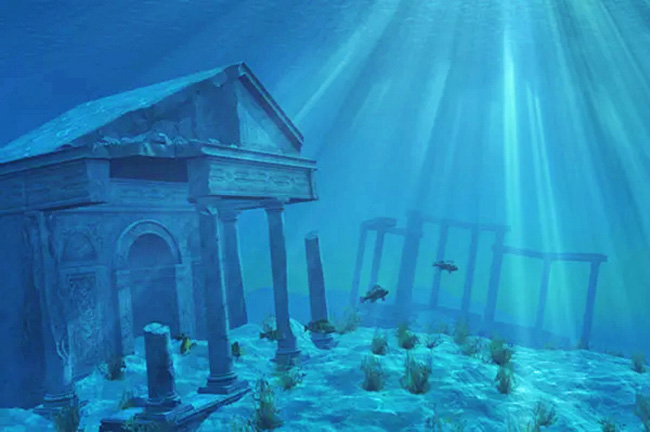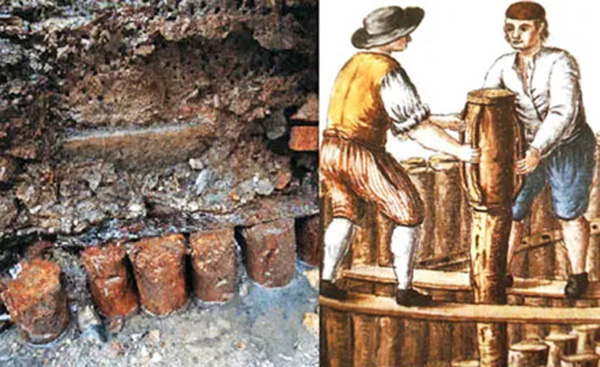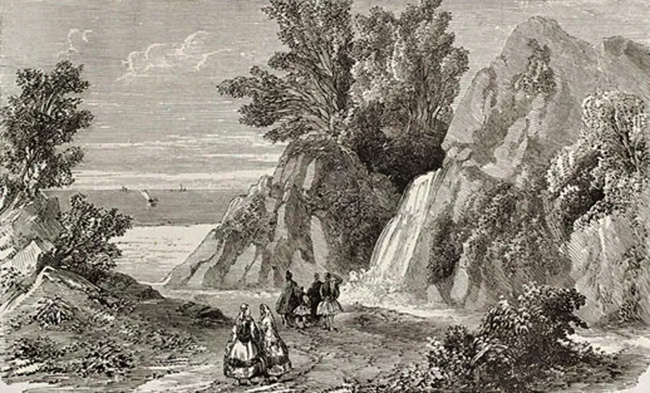|
from AncientOriginsUnleashed Website
Credit: BigStockPhoto
I consider it worthwile to mention a remark by J. Spanuth in his book, 'Atlantis: Heimat, Reich and Schicksal der Germanen', (Tuebingen 1965), that Atlantis is,
There is a vast bibliography about Atlantis, but the modern scholarship concluded that to locate Atlantis and to prove the validity of its identification, four points of agreement must be met and generally accepted. (See E. Bloedow 'Fire and Flood from Heaven - Was Atlantis at Troy?' - La Parola del Passato 48, 1993, pp.109-160.):
These four prerequisites
are completely fulfilled in the case of Lacedaemon.
Credit:
BigStockPhoto
The lake is now dry and contains big deposits of lignite layers, similar to those in the adjacent plain of Megalopolis.
The date of dessication
or draining of the lake in the area of
mount Taygetos is of paramount
importance for the history of Lacedaemon, its identity, and
identification with Atlantis.
The other geological and geographical coordinate of the area is the Πέλαγος ('Pelagos'), erroneously interpreted by Atlantologists as 'Ocean'.
The inhabitants of Atlantis, known by various names, like,
...were thought to live in a remote area, safe in their natural environment, reluctant to be visited by other people.
There they lived a whole millenium, eternally young, and they were beloved to the Gods.
Tyndareos, the
father of Helen and the divine Twins Kastor and Polydeukes
lived where Lakonia ended, very close to Arcadia - "εν τοις εσχάτοις
της Λακεδαιμονίας" ('En tis eshatis tis Lacedaemonias').
The work and the plan may be paralleled with the miraculous achievements of the Venetians in the large Lagoon in the Adriatic.
This "Civitas Serenissima" was built entirely upon wooden trunks and was composed of numerous islands, constructed densely to each other.
The city of Venice
was built on wooden foundations.
Atlantis lay at the eastern fringes of the sea, near the exit of the river, beyond the Pillars of Hercules and was surrounded by islands, which were approached from Atlantis both by sea and land (Timaeus: "εξ ης επιβατόν επί τας άλλας νήσους τοις τότε εγένετο πορευομένοις").
Plato seems to know well
not only the geophysical conditions of the area of Lacedaemon, he
also knew the geography of the island group and most probably the
names of the islands, at least of some of them.
What was known as 'Asia'
and 'Libya' at the time were small islands in the lake of
Lacedaemon, and we know that Asia and Libya were
Laconian toponymics (see my book LACEDAEMON, volume II, p. 399 ff).
Plato's trustworthiness is strengthened by the reference in 'The Odyssey' that Ithaca, the original homeland of Odysseus, lay in a similar landscape.
It is described as "χθαμαλή εν αλί, πανυπερτάτη προς ζόφον", i.e. hollow and the most remote to North-West, though many other islands that were close to each other, lay to the East and South ("νήσοι πολλαί, μάλα σχεδόν αλλήλησιν", Odyssey, book 9, 22-3).
Ithaca island, Greece. Created by Provost, published on L'Illustration.
Credit:
BigStockPhoto
|





